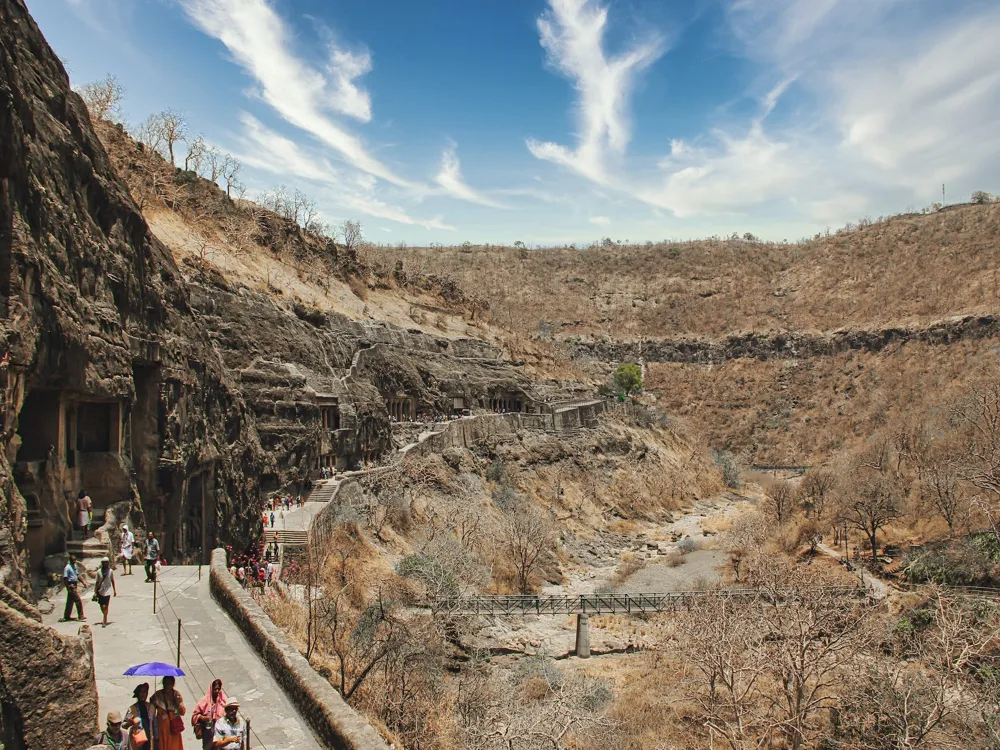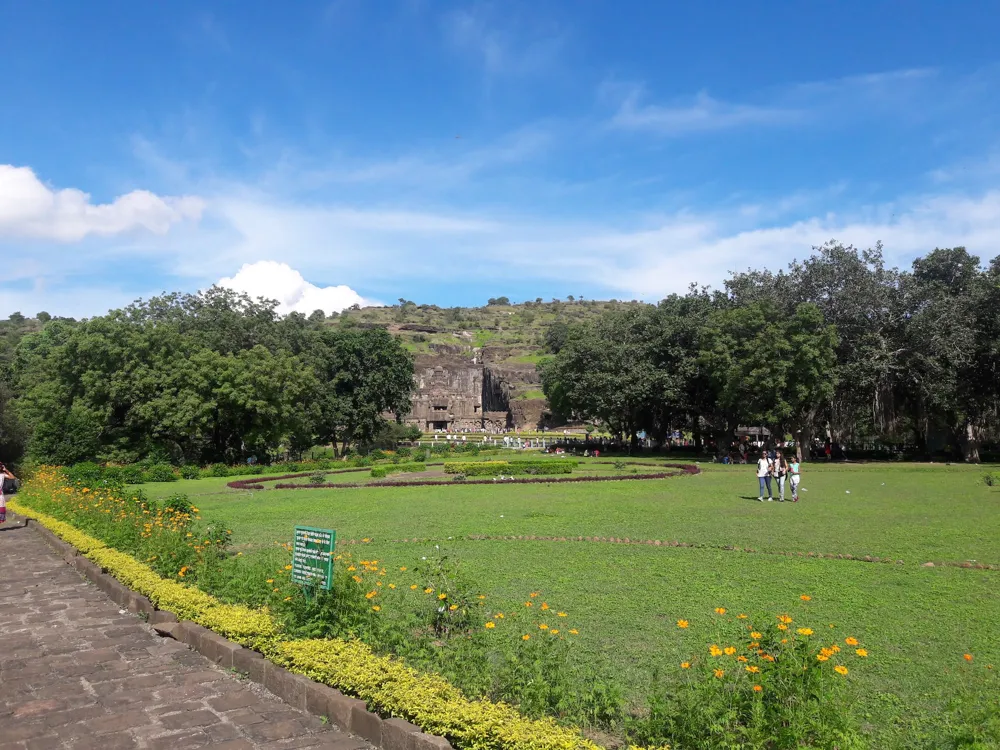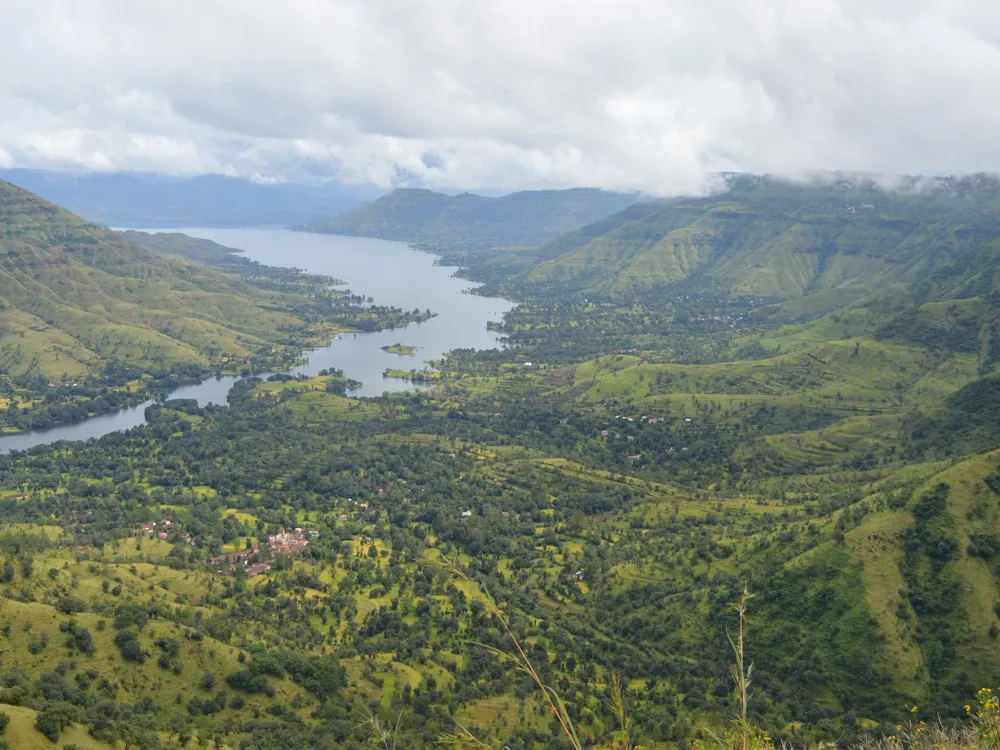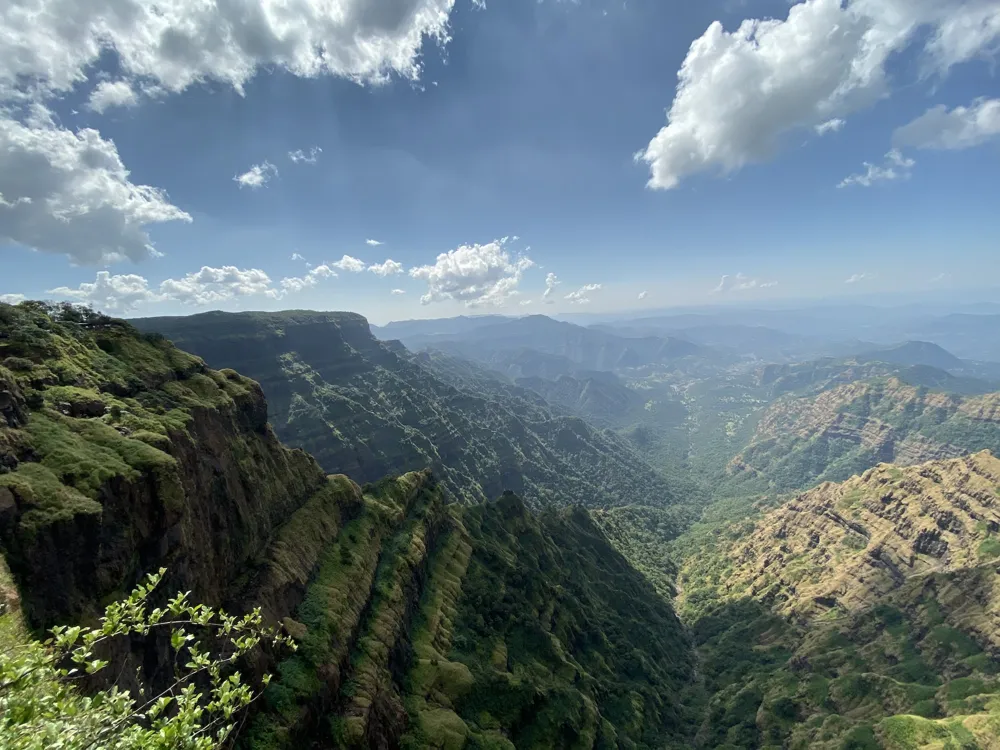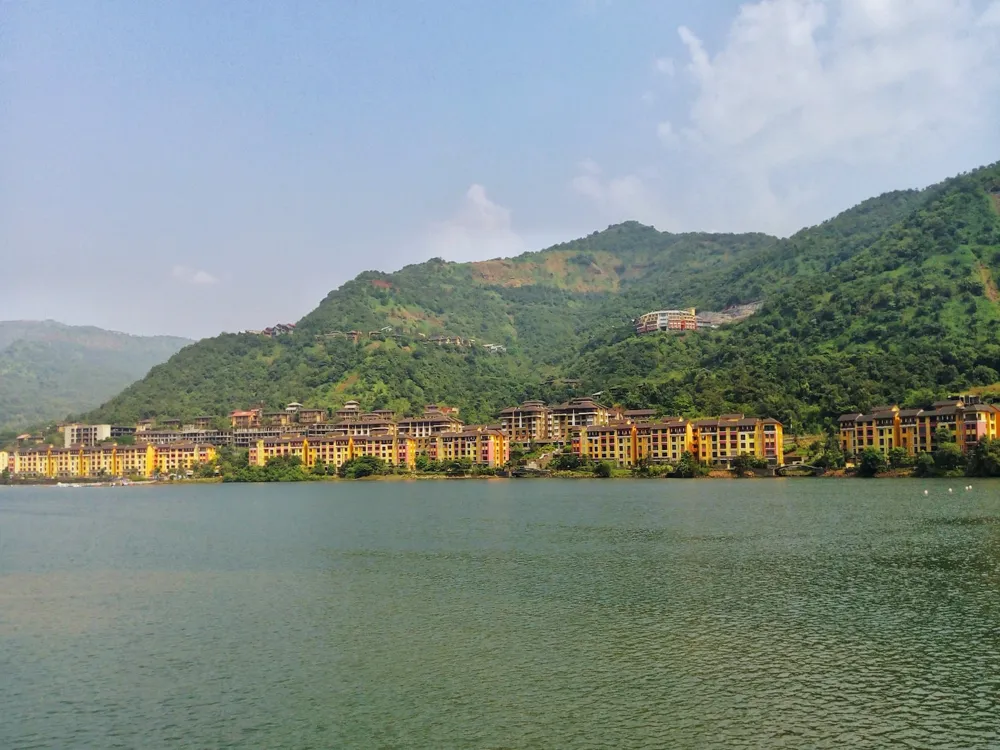Nestled in the heart of Maharashtra, Aurangabad is a city steeped in history and culture. Known for its rich heritage and architectural wonders, this city offers a unique blend of ancient grandeur and modern charm. Aurangabad, named after the Mughal Emperor Aurangzeb, is a tourist hub with an array of historical monuments, each telling a story of its splendid past. From the world-renowned Ajanta and Ellora Caves, which are UNESCO World Heritage Sites, to the majestic Daulatabad Fort and the delicate Bibi Ka Maqbara, Aurangabad is a treasure trove for history enthusiasts and culture vultures alike.
The city's history dates back to the 2nd century BCE, evident in the rock-cut Buddhist caves of Ajanta. It flourished under various dynasties, including the Mauryans, Satavahanas, and Mughals, each contributing to its rich tapestry of culture and architecture. The influence of these eras is evident in the city's fabric, making it a fascinating destination for those who love to delve into the past. Moreover, Aurangabad is also known for its vibrant culture, delicious cuisine, and bustling markets, offering a complete experience to its visitors.
[Continue with more detailed historical and cultural insights, covering significant events, cultural aspects, festivals, local crafts, and culinary specialties of Aurangabad, ensuring a rich, engaging, and informative narrative.]
The Ajanta and Ellora Caves, the crown jewels of Aurangabad's architecture, stand as a testament to the artistic and engineering prowess of ancient India. The Ajanta Caves, dating back to the 2nd century BCE, consist of 30 rock-cut Buddhist cave monuments featuring exquisite paintings and sculptures. These caves were used as retreats by Buddhist monks and are renowned for their detailed frescoes that depict various Jataka tales and scenes from the Buddha's life.
Ellora, a larger complex of 34 caves, represents a confluence of Buddhist, Hindu, and Jain religious art. Carved between the 6th and 10th centuries CE, these caves are renowned for their monumental sculptures and intricate carvings. The Kailasa Temple in Cave 16, a stunning monolithic structure, is a masterpiece of Indian rock-cut architecture and is considered one of the most remarkable cave temples in India due to its size, architecture, and sculptural treatment.
Bibi Ka Maqbara, often referred to as the 'Taj of the Deccan', is a beautiful mausoleum built by Mughal Emperor Aurangzeb's son in memory of his mother. It bears a striking resemblance to the famous Taj Mahal and showcases the typical Mughal architecture with its intricate marble inlay work and well-laid out gardens. Despite its similarities to the Taj Mahal, the Bibi Ka Maqbara possesses its unique charm and is a must-visit for anyone interested in Mughal architecture.
[Extend the section with detailed descriptions of other architectural marvels in Aurangabad, such as Daulatabad Fort, Aurangabad Caves, Grishneshwar Temple, and more, emphasizing their historical significance, architectural features, and cultural importance.]
Aurangabad is best visited between October and March when the weather is pleasant, making it ideal for exploring the outdoor historical sites. The monsoon season, from June to September, can be another good time to visit, especially for those who enjoy lush green landscapes.
The city offers a range of accommodation options, from luxury hotels to budget stays. Staying near the city center is recommended for easy access to major tourist attractions and local markets.
Aurangabad is well-connected by local buses, auto-rickshaws, and taxis. For a more comfortable experience, consider hiring a private car or
Explore the Enchanting City of Aurangabad, Maharashtra
The Architectural Marvels of Aurangabad
A Legacy Carved in Stone: The Ajanta and Ellora Caves
The Royal Mausoleum: Bibi Ka Maqbara
Tips for a Memorable Visit to Aurangabad
Best Time to Visit
Accommodation Options
Local Transportation
Gul Mandi
Aurangabad
Maharashtra Goa
NaN onwards
View aurangabad Packages
Weather :
Tags : Shopping
Time Required : Less than 1 hour
Planning a Trip? Ask Your Question
Aurangabad Travel Packages
View All Packages For Aurangabad
Top Hotel Collections for Aurangabad

Private Pool

Luxury Hotels

5-Star Hotels

Pet Friendly
Top Hotels Near Aurangabad
Other Top Ranking Places In Aurangabad
View All Places To Visit In aurangabad
View aurangabad Packages
Weather :
Tags : Shopping
Time Required : Less than 1 hour
Planning a Trip? Ask Your Question
Aurangabad Travel Packages
View All Packages For Aurangabad
Top Hotel Collections for Aurangabad

Private Pool

Luxury Hotels

5-Star Hotels

Pet Friendly







